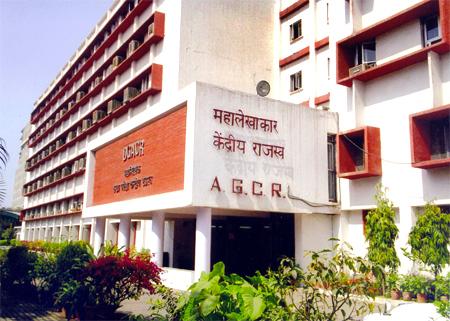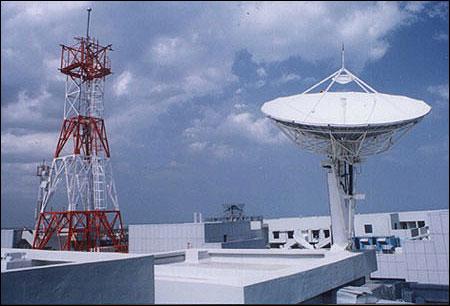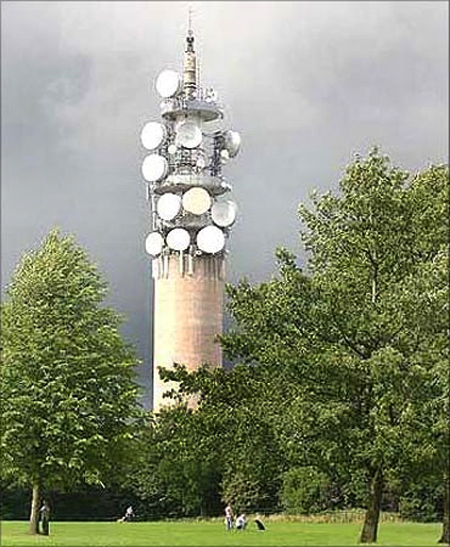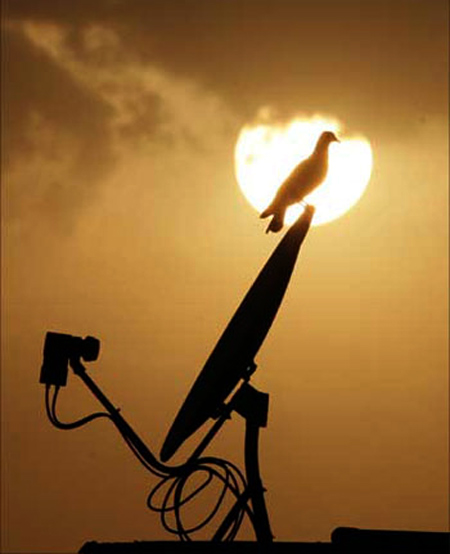 | « Back to article | Print this article |
How CAG spotted the 2G spectrum scam
It is because of the Comptroller & Auditor General that we know all isn't well in the murky world of government purchases and the allocation of resources.
The 2G spectrum scam perhaps wouldn't have caught the nation's fancy had it not been for the CAG report that said the loss to the government, because of allotment in 2008 at prices determined in 2001, could be as high as Rs 1,76,645 crore (Rs 1.76 trillion).
That wasn't the first time that the CAG had taken a dim view of what was going on in Sanchar Bhavan, the headquarters of the department of telecommunications or DoT.
It had pointed out anomalies in the "migration package" offered to mobile service operators in 1999, which gave them the option to share their revenue with the government instead of paying fixed annual fees.
Click NEXT to read more...
How the CAG spotted the 2G spectrum scam
Mobile telephony companies had lobbied hard for the change because, they said, subscriber numbers were way short of projections.
This had made the business unviable, and not just these companies but the banks that had lent to them were in danger of going under.
Service operators had stopped paying license fees, and their dues had climbed to Rs 3,779 crore (Rs 37.79 billion) by May 31, 1999.
However, the CAG found out, bank guarantees with the DoT were only Rs 1,581 crore (Rs 15.81 billion) - just 41 per cent cover.
In addition, none of the licensees, in the metros as well as the non-metros, had paid the royalty which they were required to pay in addition to the licence fee for use of radio frequency spectrum.
Click NEXT to read more...
How the CAG spotted the 2G spectrum scam
The amount they owed to the government was Rs 162.03 crore (Rs 32.35 crore for the metro licensees and Rs 129.68 crore for others).
The licence agreement said that all licensees had to open an escrow account with a state-owned bank (within one month of commencing service for the metro licensees, and within one month of signing the licence agreement for others) into which all their revenue would be put; the government would have a lien of 30 per cent on that account to recover any default in licence fees.
CAG observed that none of the licensees had done that. DoT argued that the revenue streams of the licensees were so thin that the escrow accounts would have served no real purpose.
Click NEXT to read more...
How the CAG spotted the 2G spectrum scam
CAG didn't buy the argument: It "is a very serious lapse on the part of the concerned officers of DoT, and warrants immediate investigation".
The migration offer, CAG said, was worked out on the basis of the ICICI (Bank) report of June 1998 and the Bureau of Industrial Costs and Prices report of October 1998. Amongst other things, ICICI had suggested that the licence period be extended from 10 to 15 years.
While DoT rejected all other suggestions, it had agreed to the extension. BICP, on its part, had said that efficient network utilisation coupled with higher monthly rent charged to customers would improve the financial viability of the licensees.
Click NEXT to read more...
How the CAG spotted the 2G spectrum scam
Accordingly, it had suggested that the rent be raised from Rs 156 per month to Rs 600 per month. And Trai did raise the rent accordingly with effect from May 1, 1999.
Where was the need for additional relief - the migration package - the CAG asked.
DoT had relied heavily on the ICICI and BICP reports to gauge the financial health of the licensees before putting together the migration package.
BICP had said that the growth of mobile services was very high in the metros when compared to the demand projections made by the licensees at the time of the bidding.
The Telecom Commission had also told the Group on Telecom in November 1998 that all the licensees in the four metros had achieved financial closure, and the growth in subscribers had been rapid in these circles.
Click NEXT to read more...
How the CAG spotted the 2G spectrum scam
In 1998, the CAG found that the subscribers in the metros were far greater in number than projected by the DoT at the time of fixing the licence fees.
CAG's argument was if the metro licensees had met their projected subscriber numbers and achieved financial closure, where was the financial distress that triggered the migration package?
The CAG then independently carried out a verification of the subscriber numbers of all metro licensees.
For all the eight licensees, the numbers in the fourth year were way ahead of the projections made at the time of bidding. And in three cases, the numbers were larger than projections for the tenth year!
Click NEXT to read more...
How the CAG spotted the 2G spectrum scam
"The government's decision to give the offer of migration and concessions to this category (of licensees) on grounds of financial hardship and projections going haywire can only be construed as undue benefit to the operators," the CAG report said.
In the case of non-metros, the ICICI and BICP reports were in variance.
The ICICI report said that the subscriber numbers were more or less in line with projections, and that most operators were confident of meeting their subscriber projections for the tenth year.
BICP, on the other hand, said categorically that business was bad and the licensees had missed their projections by a wide margin.
Click NEXT to read more...
How the CAG spotted the 2G spectrum scam
The CAG's investigations showed that the licensees had failed to meet their projections because they had not stuck to the rollout commitment that at least 50 per cent of the district headquarters in their circles would be covered by the third year.
One operator, for instance, had 41,524 subscribers in the Maharashtra circle against the projection of 60,000 because it had rolled out in only 10 district headquarters against the commitment of 15.
So, if the numbers are adjusted for the less-than-committed rollout, the company had met the projections.








